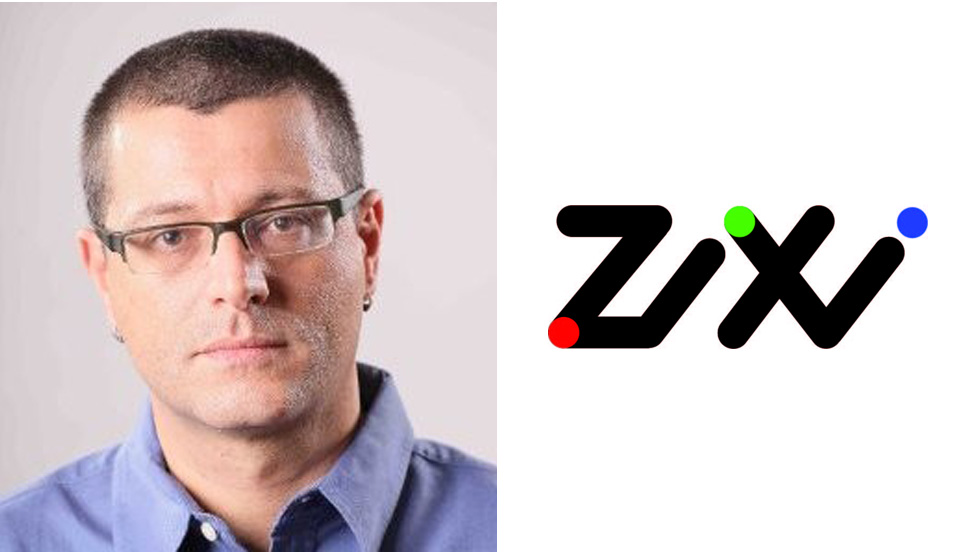Satellite Update – Oct. 27, 2011
Information on the following actions is from FCC Report SAT-00816.
- •The FCC granted ViaSat's request to construct, launch, and operate ViaSat-1 at 115.1 degrees west longitude (WL) on October 14. ViaSat-1 is allowed to provide Fixed Satellite Service (FSS) using 28.10-29.10 GHz and 29.5-30.0 GHz (Earth-to-space) and 18.3-19.3 GHz and 19.7-20.2 GHz (space-to-Earth). See "Successful launch for Ka-band ViaSat-1" elsewhere in this week's RF Report for more on ViaSat-1.
- •EchoStar received special temporary authority (STA) to continue to operate EchoStar 15 over DBS channels 23 and 24 at 61.55 degrees WL for 180 days.
- •Last week we reported that Intelsat received permission to move Galaxy 15 back to 133.0 degrees WL and operate it at that location. This week, the FCC announced that the International Bureau's Satellite Division granted STA to Intelsat Licensee LLC for 30 days to conduct telemetry, tracking and telecommand (TT&C) operations necessary to move Galaxy 12 from its current position at 133.0 degrees to 132.9 degrees WL and to operate it at that location as an in-orbit square at that location using conventional C-band frequencies. TT&C is authorized on specified C-band frequencies.
- •SES Americom received STA for 60 days to conduct TT&C operations necessary to drift Ku-band AMC-5 from 79.10 degrees WL to 80.90 degrees WL and to temporarily operate its Ku-band payload at 80.90 degrees WL. TT&C operations are authorized on specified Ku-band frequencies with the authorized frequency bands 11.7-12.2 GHz (space-to-Earth) and 14.0-14.5 GHz (Earth-to-space). SES Americom was also granted STA, for 60 days, to conduct TT&C on specified C-band frequencies to drift AMC-2 from 78.9 degrees WL to 4.98 degrees east longitude (EL). SES Americom had STA for 7 days to operate the C-band transponder channel 8 of SES-2 during the drift of SES-2 from 83 degrees WL to its assigned location of 87 degrees WL. Authorized frequencies during the drift were 6067-6103 MHz (Earth-to-space) and 3842-3878 MHz (space-to-Earth).
The professional video industry's #1 source for news, trends and product and tech information. Sign up below.

Doug Lung is one of America's foremost authorities on broadcast RF technology. As vice president of Broadcast Technology for NBCUniversal Local, H. Douglas Lung leads NBC and Telemundo-owned stations’ RF and transmission affairs, including microwave, radars, satellite uplinks, and FCC technical filings. Beginning his career in 1976 at KSCI in Los Angeles, Lung has nearly 50 years of experience in broadcast television engineering. Beginning in 1985, he led the engineering department for what was to become the Telemundo network and station group, assisting in the design, construction and installation of the company’s broadcast and cable facilities. Other projects include work on the launch of Hawaii’s first UHF TV station, the rollout and testing of the ATSC mobile-handheld standard, and software development related to the incentive auction TV spectrum repack. A longtime columnist for TV Technology, Doug is also a regular contributor to IEEE Broadcast Technology. He is the recipient of the 2023 NAB Television Engineering Award. He also received a Tech Leadership Award from TV Tech publisher Future plc in 2021 and is a member of the IEEE Broadcast Technology Society and the Society of Broadcast Engineers.
